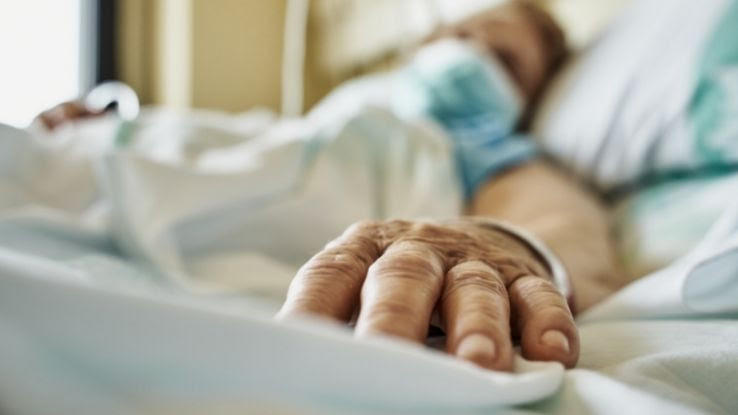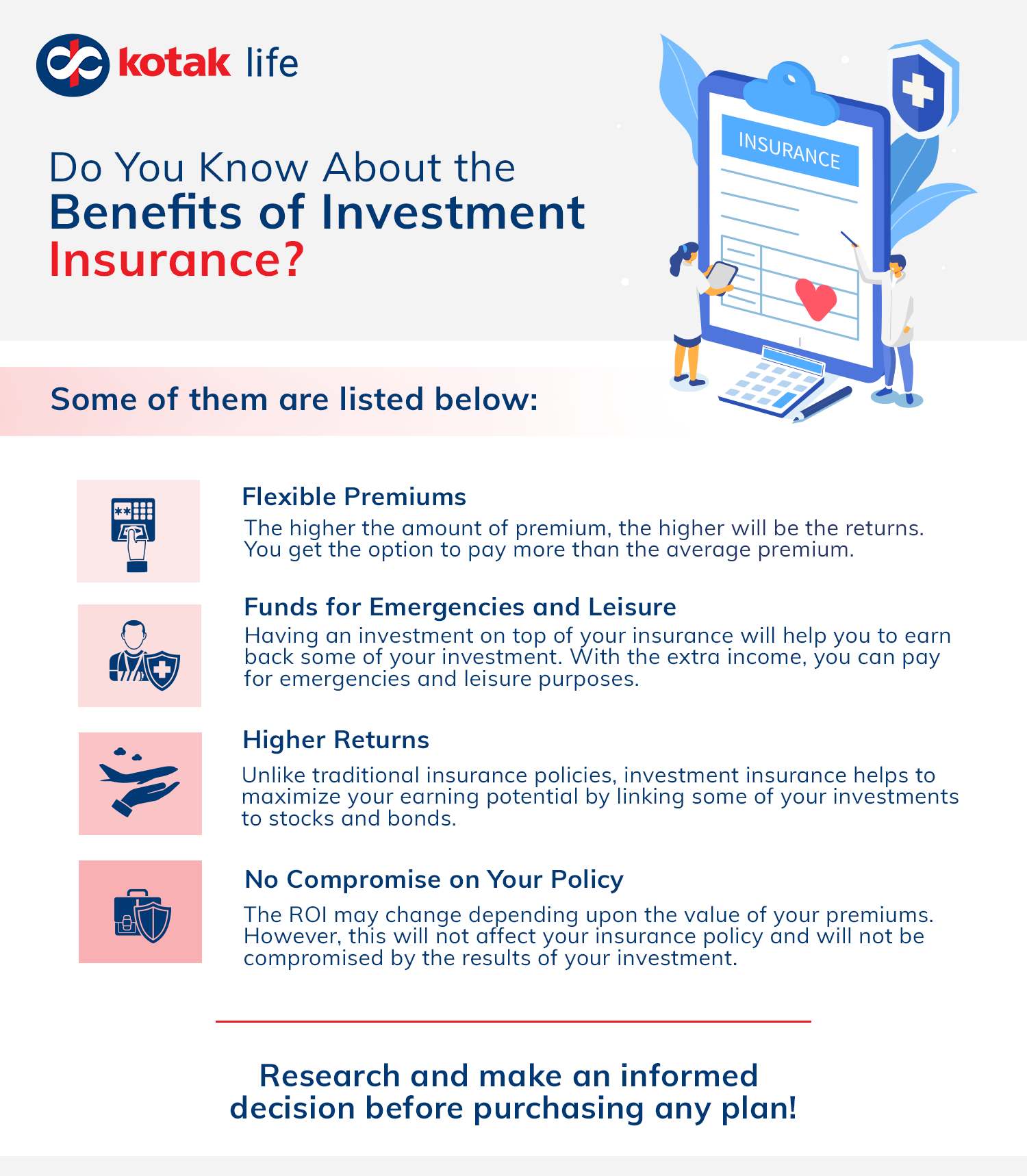The Ultimate Guide To Pacific Prime
Wiki Article
Pacific Prime - The Facts
Table of ContentsThe Ultimate Guide To Pacific PrimeThings about Pacific PrimeThe Ultimate Guide To Pacific PrimeThe Best Strategy To Use For Pacific Prime
In most states, the insurance firm is required to send you a duplicate of the adjustments to your plan. It is very important that you read Recommendations or Riders so you understand how your plan has actually transformed and if the plan is still appropriate to satisfy your demands. To obtain a copy of your insurance coverage plan, please contact your insurance policy agent or firm.
The Institute of Medication (IOM) Board on the Repercussions of Uninsurance launches a prolonged evaluation of proof that addresses the relevance of wellness insurance coverage with the magazine of this report. Protection Matters is the initial in a collection of 6 reports that will certainly be released over the next 2 years recording the truth and consequences of having an approximated 40 million individuals in the USA without medical insurance coverage.

Little Known Questions About Pacific Prime.
The goal of this collection of studies is to refocus plan focus on a historical issue. Adhering to the lengthiest financial development in American background, in 1999, an estimated one out of every 6 Americans32 million grownups under the age of 65 and even more than 10 million childrenremains uninsured (Mills, 2000).
Ten percent of the population represent 70 percent of health and wellness treatment expenditures, a connection that has actually remained constant over the past three years (Berk and Monheit, 2001) - expat insurance. Hence health and wellness insurance policy continues to offer the function of spreading out risk even as it increasingly finances regular treatment. From the perspective of healthcare providers, insurance coverage brought by their individuals assists protect a profits stream, and areas gain from financially viable and stable healthcare practitioners and organizations
Government offers medical insurance to populations whom the private market might not offer properly, such as impaired and senior persons, and populations whose accessibility to health and wellness care is socially valued, such as children and expectant women. The utmost ends of health and wellness insurance coverage for the individual and communities, including office areas of workers and employers, are improved wellness end results and high quality of life.
Pacific Prime Fundamentals Explained
Employees rate health and wellness insurance coverage initially by far in significance among all the advantages provided in the work environment (Salisbury, 2001). There have been sizable investments of individual and public funds to supply health and wellness insurance coverage, many individuals still have no protection. Regardless of extensive coverage of study findings and healthcare study results, the basic public remains overwhelmed and misinformed regarding Americans without wellness insurance coverage and the effects of doing not have coverage.
Without doubt, the complexity of American health and wellness treatment funding mechanisms and the riches of resources of information include in the public's complication and skepticism regarding medical insurance statistics and their interpretation. This record and those that will follow objective to distill and provide in easily easy to understand terms the considerable research that bears on questions of medical insurance coverage and its significance.
Fifty-seven percent of Americans surveyed in 1999 believed that those without health and wellness insurance coverage are "able to get the care they need from doctors and hospitals" (Blendon et al., 1999, p. 207). In 1993, when nationwide attention was concentrated on the issues of the uninsured and on pending wellness care legislation, just 43 percent of those questioned held this idea (Blendon et al., 1999).

They additionally get fewer preventive solutions and are less likely to have regular look after chronic conditions such as high blood pressure and diabetes mellitus. Chronic diseases can bring about pricey and disabling issues if they are not well managed (Lurie et al., 1984; Lurie et al., 1986; Ayanian et al., 2000). One nationwide survey asked more than 3,400 grownups about 15 very severe or morbid problems.
The Definitive Guide to Pacific Prime
Extra proof is provided later on in this phase in the discussion of insurance policy and access to healthcare. https://experiment.com/users/pacificpr1me. People without medical insurance are young and healthy and pick to go without insurance coverage. Practically half (43 percent) of those checked in 2000 believed that people without medical insurance are more probable to have health troubles than people with insurance policyVoters and plan makers in focus team discussions define those without insurance as young people that have the opportunity to be covered and feel they do not need it (Concierge Novelli, 2001). Compared to those with at the very least some exclusive protection, the without insurance are less likely to report remaining in excellent or excellent health and wellness (Firm for Healthcare Study and Quality, 2001).
RESOURCE: Facility for Cost and Financing Studies, Company for Healthcare Research Study and Top quality, based on MEPS information. Young person between 19 and 34 are much more most likely to do not have medical insurance than any kind of other age. This is mainly since they are much less often eligible for employment-based insurance because of the nature of their task or their brief period in it.
The assumption that individuals without insurance policy have better-than-average health follows from confusing the relatively young age profile of the without insurance with the much better health and wellness, usually, of more youthful persons. This covers the web link in between health status and reference medical insurance. For those without accessibility to office medical insurance, bad health and wellness is a prospective barrier to acquiring nongroup insurance coverage because such insurance coverage might be highly valued, exclude pre-existing problems, or be just inaccessible.
Report this wiki page